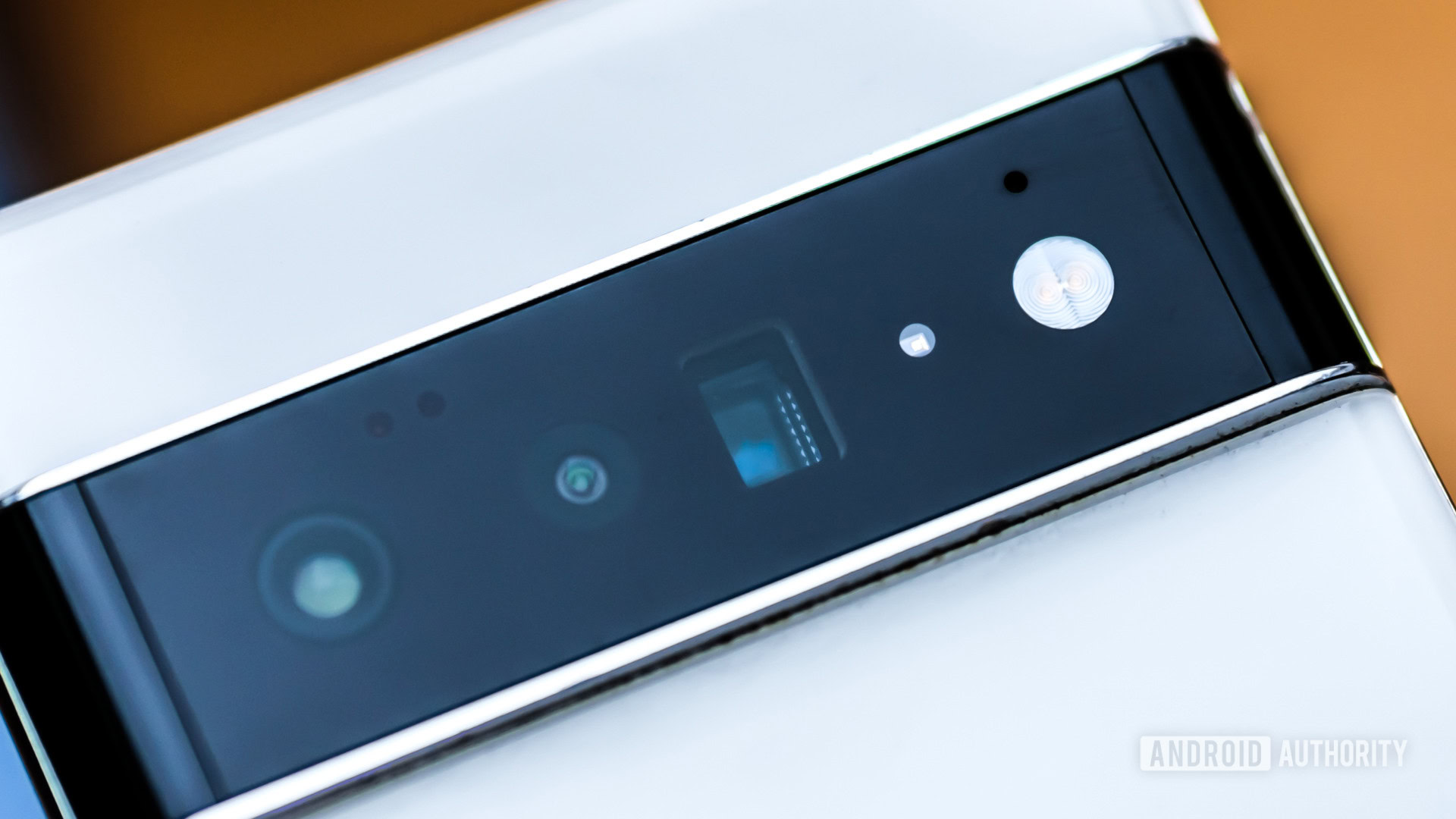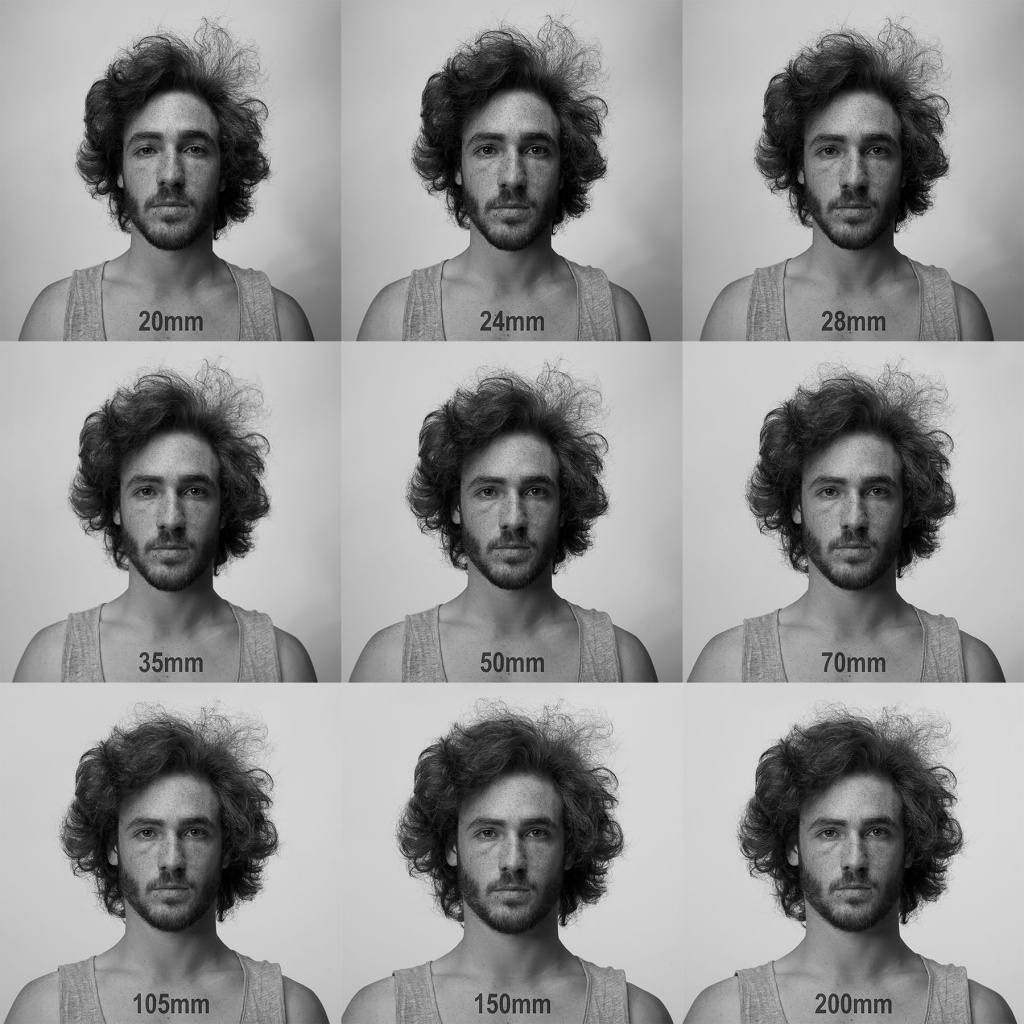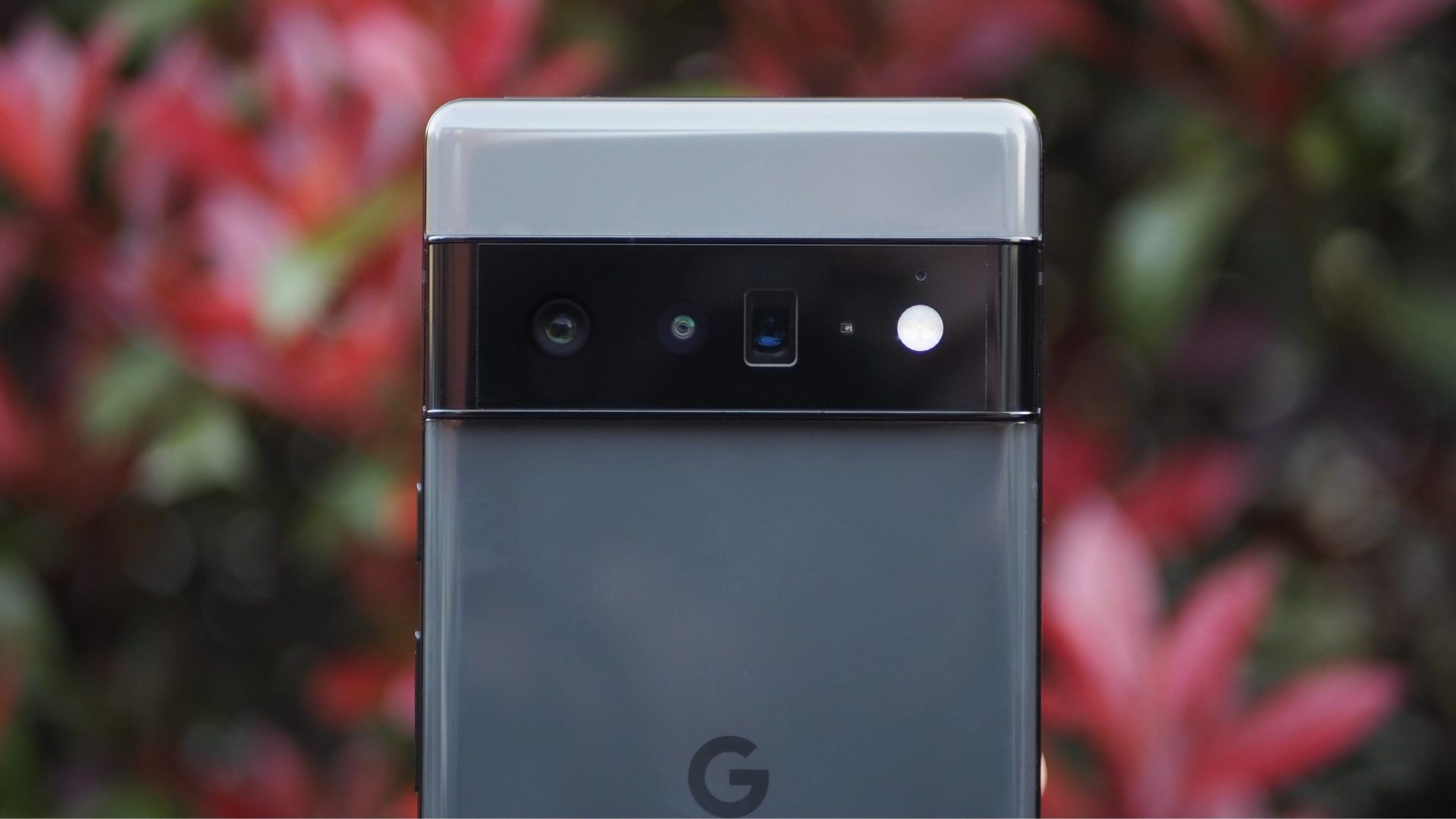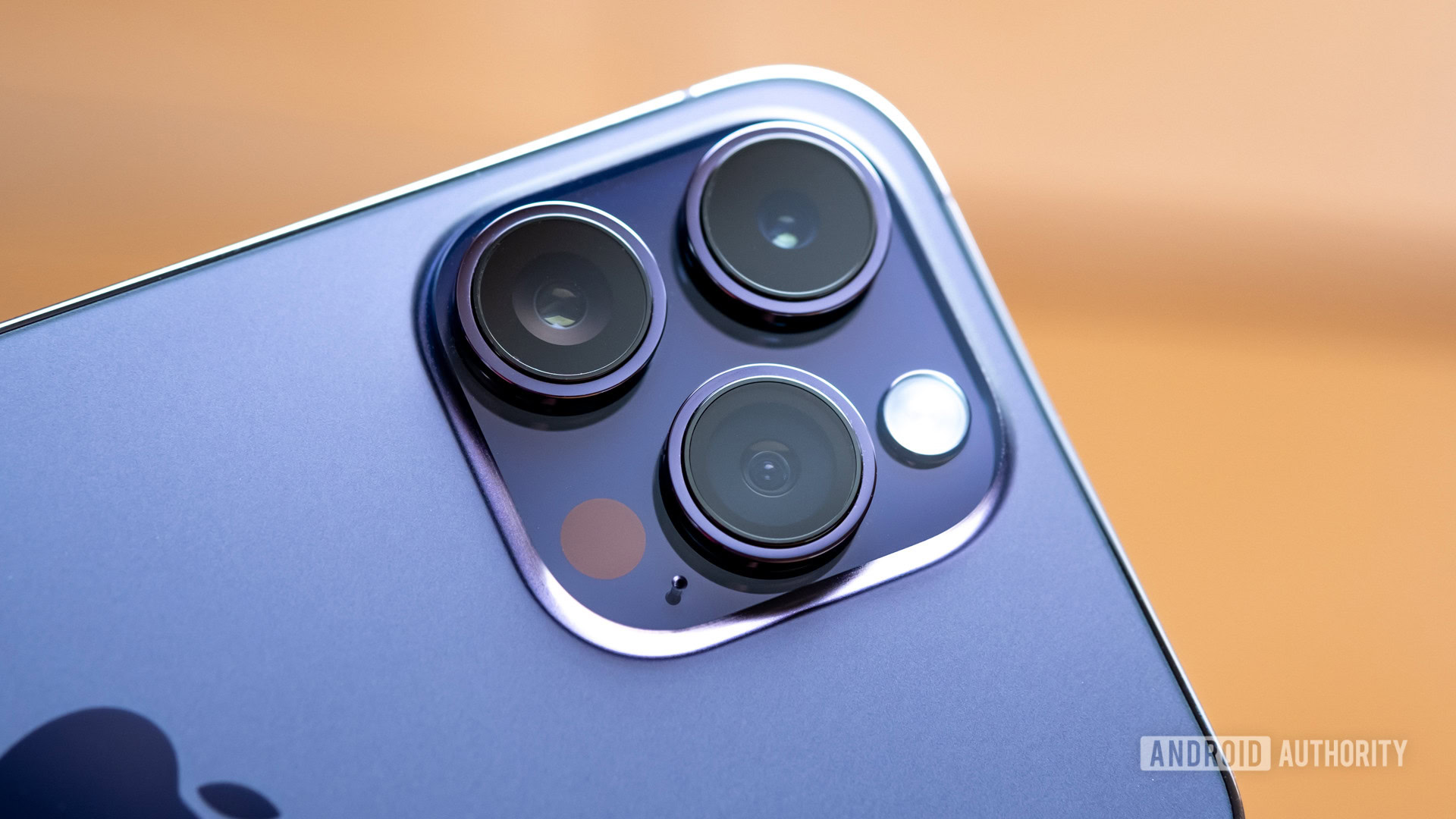
Robert Triggs / Android Authority
The Google Pixel 7 collection is right here, and with that comes the tantalizing prospect of getting our palms on the following notch-up in smartphone images. Excited? I’m, however there are some reservations over right here.
Whereas Google is sticking to a well-known digicam {hardware} setup, a brand new 5x optical zoom periscope digicam is included within the Pixel 7 Professional, boasting 30x Tremendous Res Zoom capabilities. That’s an improve on the 4x periscope digicam in final yr’s Pixel 6 Professional, no less than so far as long-distance images is worried.
As good as long-range zoom capabilities are, it’s disappointing to see Google participating within the pointless race for greater numbers. Worse although, this transfer betrays a number of the different glorious work Google has finished within the realm of portrait images.
Portrait images is all about focal lengths
Contents
To grasp why the Pixel 7 Professional’s triple digicam setup ought to disconcert portrait images lovers, we have to cowl slightly background on focal size. Focal size influences just a few key attributes of your footage: depth of discipline blur, the sector of view, and background compression. Longer zoom ranges go hand in hand with longer focal lengths and stronger results for all the above.
In case you’ve ever thought your cellphone’s portraits look a bit off, focal size might be guilty.
Background compression is the necessary one right here; longer focal lengths make the background seem near the topic. In the meantime, shorter focal lengths, corresponding to wide-angle lenses, make the background seem additional away. However compression doesn’t simply have an effect on the distant background; the impact applies to the foreground as effectively, together with faces. That’s proper, the selection of focal size has a robust affect over face form in portrait images, though you’ll be able to mitigate a few of it relying on how far again you stand from the digicam. See the examples under.

As you’ll be able to see, the final theme is that shorter focal lengths end in slim faces, with options pushed extra in the direction of the sting of the face. The reverse is true for lengthy focal lengths, with flatter-looking faces and options pushed in the direction of the center. The candy spot for a practical face is within the area of 35-85mm, relying on whether or not you’re going for full-body or headshots. Round 50mm is right when it comes to flexibility for each.
Now, let’s see what the Pixel 7 Professional has in retailer when it comes to lens focal lengths. Whereas the principle digicam retains the identical 25mm focal size because the earlier technology, the 5x periscope digicam comes out to round 125mm.
The Pixel 7 Professional’s foremost 25mm lens will make faces too slim, whereas the brand new 5x 125mm periscope zoom will make them look too flat.
Uh oh! The principle 25mm lens will make faces too slim, whereas the brand new 5x 125mm periscope zoom will make them look too flat. Not nice if you happen to’re seeking to take the very best portraits potential. The truth is, just about all fashionable smartphones have fairly a large discipline of view from the principle digicam. So if you happen to’ve ever thought your cellphone’s portraits look a bit off, this might be why.
See additionally: One of the best images apps for Android
A whole lot of smartphones get this unsuitable

Rita El Khoury / Android Authority
OK, sufficient of the idea; what does this really imply for smartphone footage? In spite of everything, I believed the Pixel 6 collection took some fairly stable portraits?
Effectively, the cellphone does, nevertheless it’s really utilizing slightly trick to offset the aforementioned focal size subject. Utilizing the cellphone’s portrait mode engages a crop from the sensor, forcing your topic to face additional away from the lens to scale back the consequences of compression. The truth is, various telephones do that (together with the iPhone 14 collection), and it really works fairly effectively. See the examples under, which present a daily 25mm snap, 25mm portrait mode, and a 104mm snap from the Pixel 6 Professional.
Standing shut and capturing with the common 25mm lens produces an odd face form. After forcing a step again, the Pixel 6 and 6 Professional’s portrait mode produces a handsome snap, and it’s exhausting to note any apparent facial distortion. Nevertheless, there are some trade-offs. Transferring additional again from the lens reduces the pure bokeh, making pictures extra reliant on software program blur and edge detection, which, as we all know, remains to be hit-and-miss. The usage of a crop additionally reduces the picture’s decision and element. This will clarify why the Pixel’s portraits look fairly sharp moderately than naturally gentle.
The Pixel 6, like different telephones, forces you to step again for portraits to scale back ugly compression.
The issue with Google’s setup is that if you wish to go for a extra pure look, you merely can’t. The Pixel 6 Professional’s 4x 104mm periscope digicam is slightly too lengthy for real looking portrait images, each when it comes to seize distance and face form. The Pixel 7 Professional’s 125mm lens can be even much less flattering and more difficult to work with.
There’s no denying the Pixel 6 Professional portrait snap above appears to be like tremendous, and the identical will apply to the Pixel 7 collection. Nevertheless, you’ll be able to spot facial compression as soon as I stick the photograph subsequent to extra real looking focal lengths on competing cameras. Let’s examine it to the identical snap I grabbed with the mirrorless Fujifilm X-S10 (50mm lens), Sony Xperia 5 IV (60mm), and iPhone 14 Professional Max (77mm).
Consider it or not, the 50mm-equivalent shot from the mirrorless digicam is the truest to the best way my face naturally appears to be like. You may need to see fairly exhausting however ought to be capable of inform that my common face form is barely extra oval and options are barely narrower within the Pixel shot. Have a look at the eyes and hairline, for instance. It’s not night time and day, and Google’s compelled step again helps even out facial construction, however the distinction is there.
Maybe worse, and extra noticeable, the Pixel palms in aggressively tough pores and skin texture and tones. Processing performs its half, as Google has to compensate for the crop issue with sharpening to assist make up the loss intimately. Evaluate this to the portrait photographs from the Xperia 5 IV and iPhone Professional Max telephoto lenses, that are nearer to the mirrorless digicam when it comes to pores and skin tone and texture.
As anticipated, the 60mm lens on the Xperia 5 IV is difficult to differentiate from the 50mm mirrorless when it comes to facial construction, and it’s equally real looking. The longer 77mm focal size on the iPhone 14 Professional Max telephoto appears to be like rather less flattering and flatter trying, nevertheless it nonetheless offers a pure face form.
Cropped portrait modes offset compression, however have trade-offs for bokeh and pores and skin textures.
Evaluating all three to the Pixel 6 Professional’s snap, now you can hopefully extra readily see the cellphone’s facial distortion, regardless of the step again. However in addition to taking a look at face form, be aware how all three of those different cameras provide softer, extra subdued, and pure pores and skin textures and tones.
2.5x telephoto lenses are the candy spot

Robert Triggs / Android Authority
Based mostly on our completely beautiful snaps above, a 50mm focal size is the very best, suggesting a zoom someplace within the area of 2x to 3x nets you the best-looking portraits in a smartphone type issue (given the standard 24mm foremost lens), each when it comes to face form and resolvable element for textures. Maybe there’s a purpose why Apple, Samsung, Sony, and others have been hesitant to leap on the periscope bandwagon and why the Galaxy S22 Extremely sticks with a 3x lens for mid-range zoom and portraits.
Nonetheless, you may suppose, “these are fairly refined variations,” which is an inexpensive level. Few will discover facial distortion and tough textures with out a side-by-side comparability. However a whole lot of images comes all the way down to refined variations, whether or not it’s the proper white stability or degree of colour saturation.
Learn extra: One of the best digicam telephones you should buy
The identical might be stated for all the hassle that went into Actual Tone to tweak the Pixel’s portrait pores and skin colour and textures. These small enhancements do add up. However based mostly on our snaps right here, there’s loads of room for enchancment, and that’s why I’m so disillusioned with Google’s resolution to slap a 5x telephoto digicam into the Pixel 7 Professional.
Actual Tone emphasised the significance of portraits, however the Pixel 7 Professional is not pushing the envelope any additional.
Google emphasised the ability of portraits with the Pixel 6 collection, and that’s the correct course of journey, given the significance all of us place on capturing snaps of our pals and family members. However there was extra to be finished; delivering the right {hardware} to leverage the stable software program foundations would have been a extra decisive step ahead for the Pixel 7 Professional and cellular portrait images extra broadly.
As a substitute, Google is rowing again to duke it out with everybody else within the boring numbers recreation — chasing distance over extra difficult-to-convey images fundamentals. Lengthy-range zoom is good to have, however I’d take a extra strong portrait images possibility each day of the week.
Do you like telephones with extra strong zoom or extra real looking portraits?
1463 votes